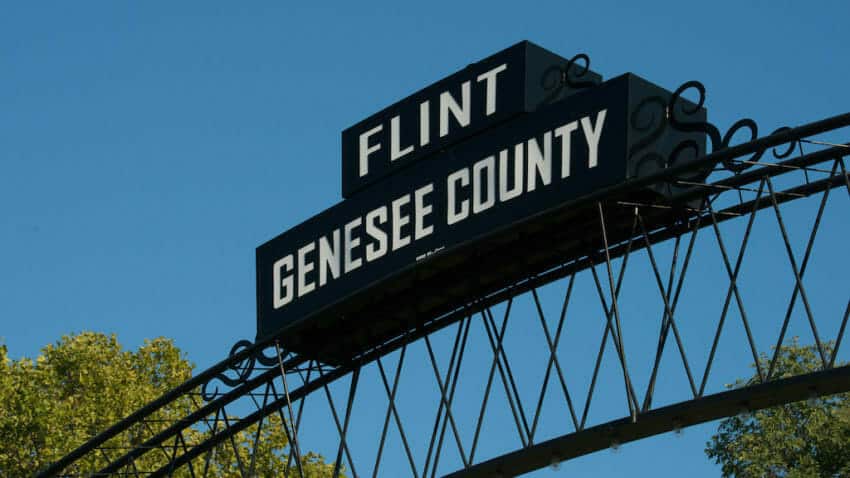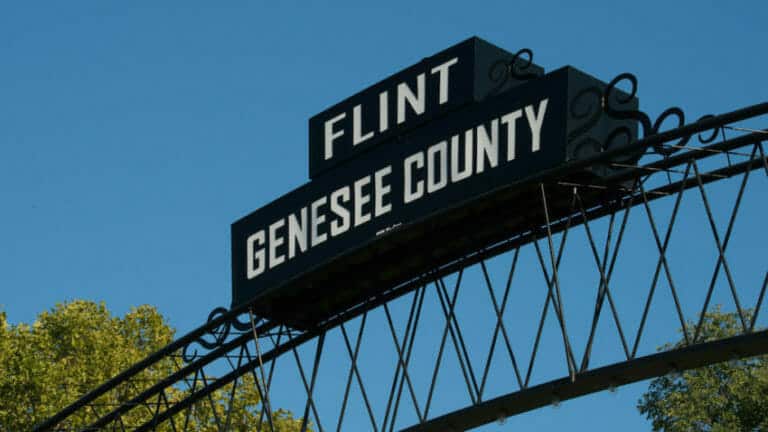Downtown Flint, Mich. (U.S. Department of Agriculture)
Nakiya Wakes sat across from me in a Flint, Mich., coffee shop on one of those cloudy, dreary days symbolic of the reeling Rust Belt city. It was March 2017, nearly two years after Wakes had the first miscarriage.
After losing her first baby, she learned there was still a heartbeat—she was actually pregnant with twins, and she hadn’t yet lost her other baby. But her spirits were crushed when she miscarried again, losing the second baby.
This wasn’t the last of the devastating news for Wakes. In September 2017, she learned she was again pregnant with twins. She was hopeful but cautious, feeling deep within her gut that the lead-ravaged water she’d consumed for over a year had made it difficult to carry a baby to full term. Unfortunately, her trepidation was well-founded. She went on to miscarry this set of twins.
In total, Wakes lost four babies in two years. “I was drinking, bathing, everything since I moved to Flint in 2013. I was drinking this contaminated water,” Wakes told me.
It was far too easy for doctors to dismiss her multiple miscarriages as a result of her age: She […]
Full article: Fraudulence in Flint: How Suspect Science Helped Declare the Water Crisis Over
More about Flint, Michigan and water:
Flint Water Crisis Deaths Likely Surpass Official Toll
Watchdog says lack of EPA oversight helped cause ‘catastrophic’ Flint water crisis
State puts Flint on notice for not fixing water system deficiencies
Flint Activist LeeAnne Walters Wins Major Environmental Prize
11-Year-Old Just Developed New Sensor to Detect Lead in Tap Water
Federal Judge Orders All Parties In Flint Water Case Into Mediation
Flint Water Investigation Leads to Felony Charges for Michigan State Employees
Study: Fewer pregnancies, more fetal deaths in Flint after lead levels rose in water



